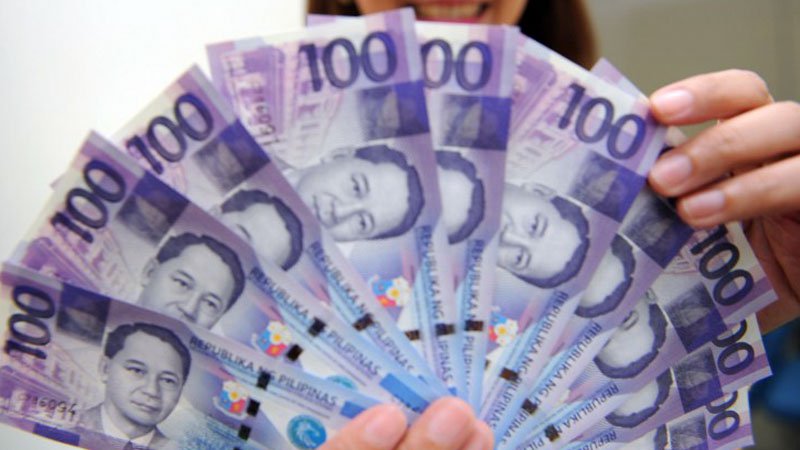JITTERY markets over President Duterte’s “unorthodox” policies could push the peso to the 50:$1 level, the research arm of debt watcher Fitch Ratings said.
The peso on Wednesday further weakened, shedding four centavos to close at 48.285:$1, still a seven-year low, from Tuesday’s 48.245:$1.
At the Philippine Dealing System, the peso reached an intraday low of 48.41:$1 and a high of 48.28:$1 after opening at 48.35:$1.
The total volume traded rose to $557.3 million from $495.3 million last Tuesday.
In its latest currency forecast, Fitch Group’s BMI Research said it expects the peso “to weaken further against the US dollar in the coming months due to market uncertainty over Duterte’s increasingly unorthodox policies.”
“The Philippine peso has weakened by more than 4 percent in September largely due to market uncertainty regarding President Rodrigo Duterte’s policy trajectory, as well as the run up to the US presidential election which has raised concerns about geopolitical stability in the region. From a technical perspective, the peso broke support at 48:$1 and seems likely to head towards support at 50:$1” in the next three to six months,” BMI Research said.
“Recent downward pressure also reflects expensive valuations, with the real effective exchange rate and local equities having been slightly overheated and this remains the case to some degree,” it added.
For the long-term or the next six to 24 months, BMI Research said they believe “negative market sentiment should begin to dissipate as investors get more clarity about Duterte’s personality and his administration’s policy direction, while uncertainty around the US presidential election (and by association, the US’s foreign policy stance) subsides.”
“At the same time, low inflation and strong economic growth, facilitated by the government’s expansionary fiscal plans, rising net foreign direct investment, and steady remittances inflow are likely to be supportive of the peso. In view of the structural strength of the economy, we are maintaining a slight appreciatory bias on the currency, and forecast the unit to average 48.5:$1 in 2017 and 48:$1 in 2018,” BMI Research added.
However, BMI Research highlighted that “risks to our peso forecast are tilted to the downside.”
“Firstly, we believe that the sudden weakening of the peso in September has been driven largely by deteriorating investor sentiment triggered by Duterte’s rhetoric about disrupting ties with the US and other major allies, over criticism of his administration’s hard-line stance on the war on drugs in the country. In the event that these fears translate into something more tangible leading to prolonged political uncertainty, we believe that a further slide of the peso beyond 50:$1 could be likely,” BMI Research said.
Also, “a sharp selloff in the Chinese yuan and US Fed rate hikes over the coming quarters could set off broad-based emerging currency weakness, and the peso is unlikely to be spared,” it pointed out. “Even if the currency’s strong structural position allows it to buck the trend, we believe that the Bangko Sentral ng Pilipinas would prefer for the peso to weaken in tandem in order to preserve its export competitiveness.”


